Scientists used 3D printing and an inexpensive ink to make colored contact lenses that could improve color distinction in color-blind people.
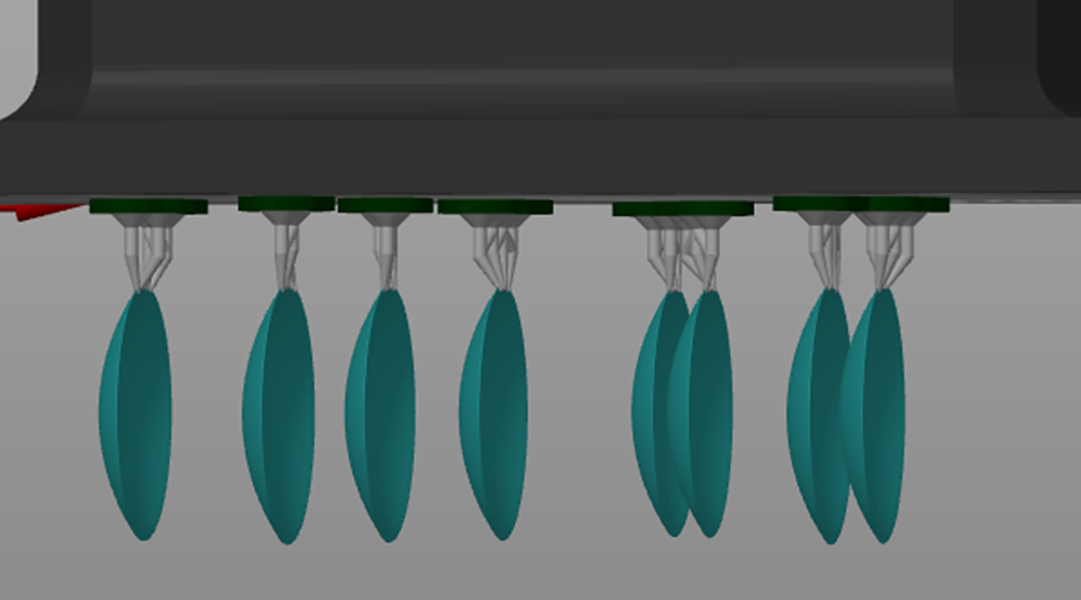

Scientists used 3D printing and an inexpensive ink to make colored contact lenses that could improve color distinction in color-blind people.
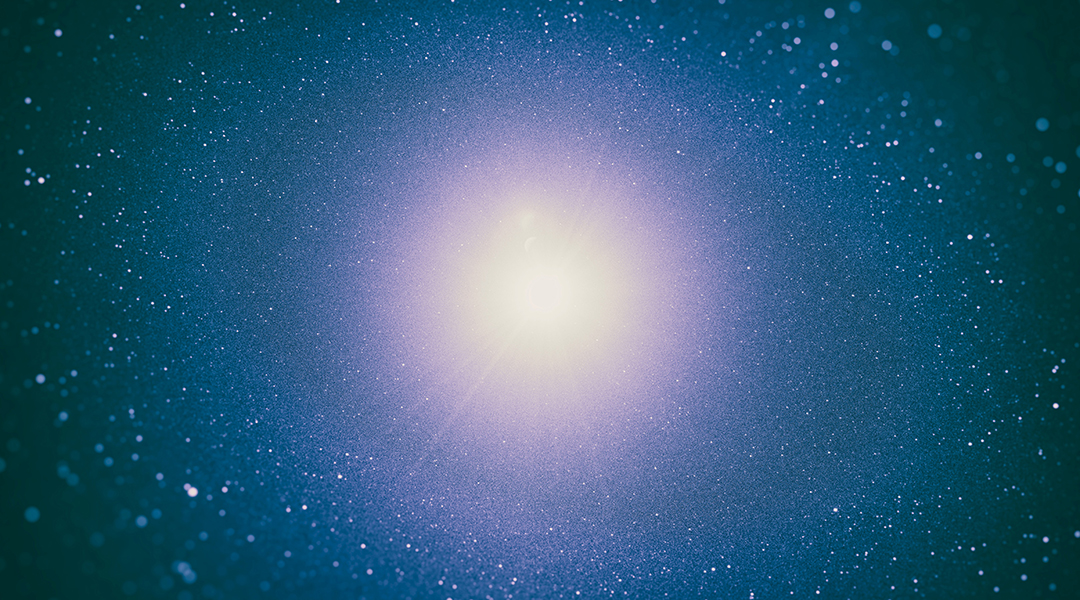
Astronomers have observed neutron stars that emit more energy than is theoretically possible, and now an explanation might be in the works.
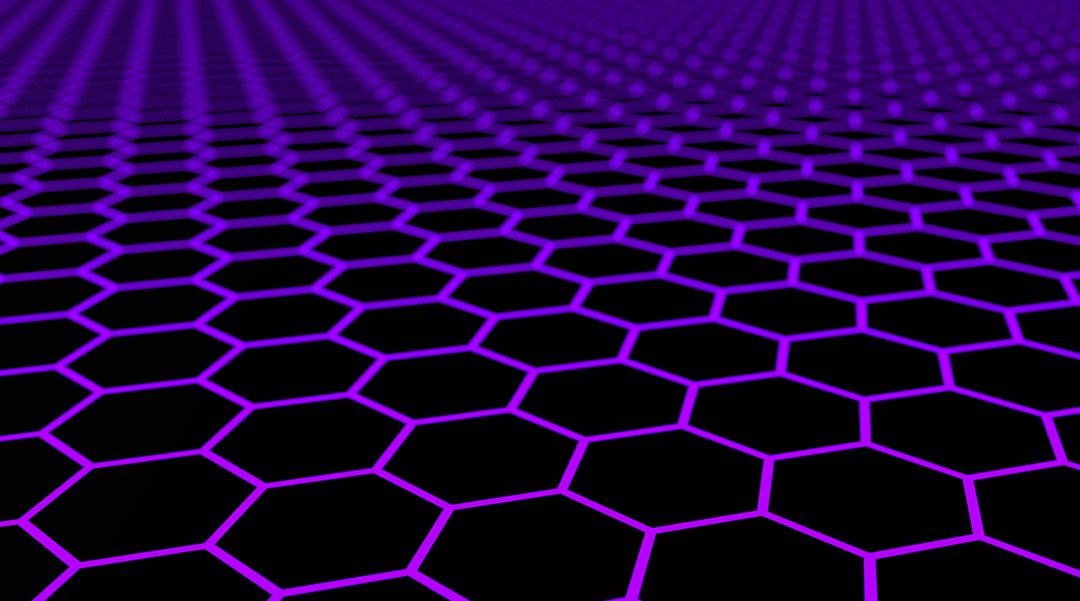
Scientists are exploring the behavior of electrons in helicoidal graphene strips, a unique form of graphene with a twisted shape.
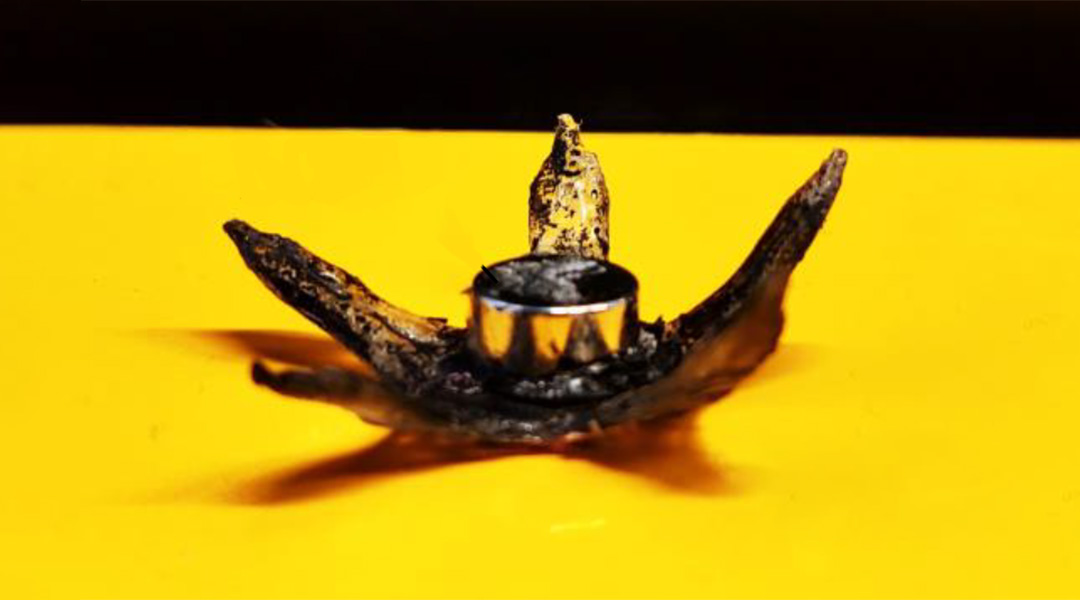
A shape-shifting robot can access hard-to-reach locations in the GI tract, and is a step up from conventional endoscopic techniques.
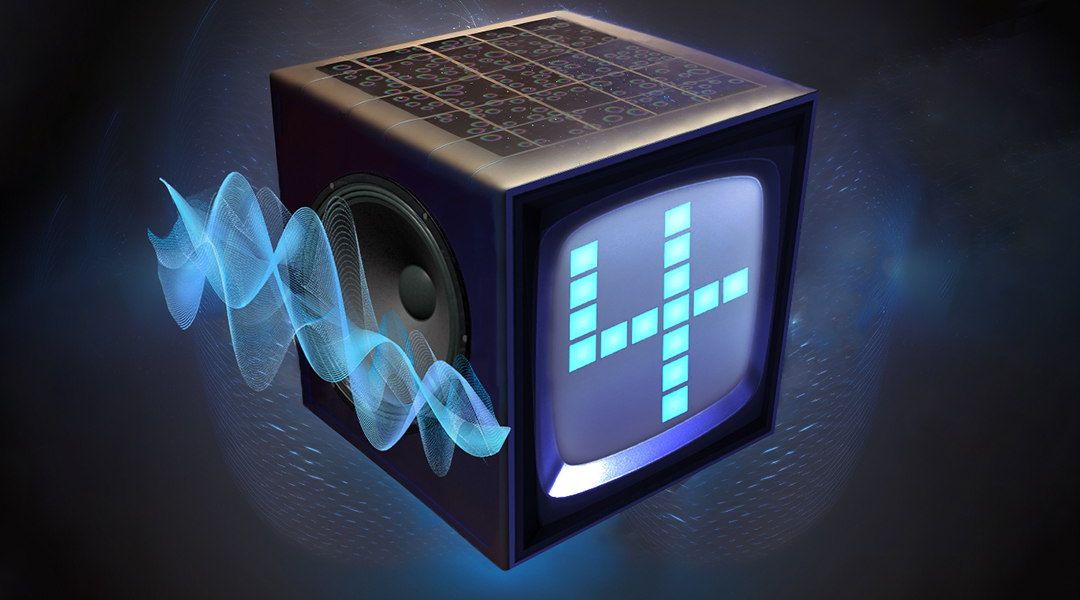
A thin film composed of small magnetic whirls called skyrmions performs voice pattern recognition with an accuracy approaching 99%.
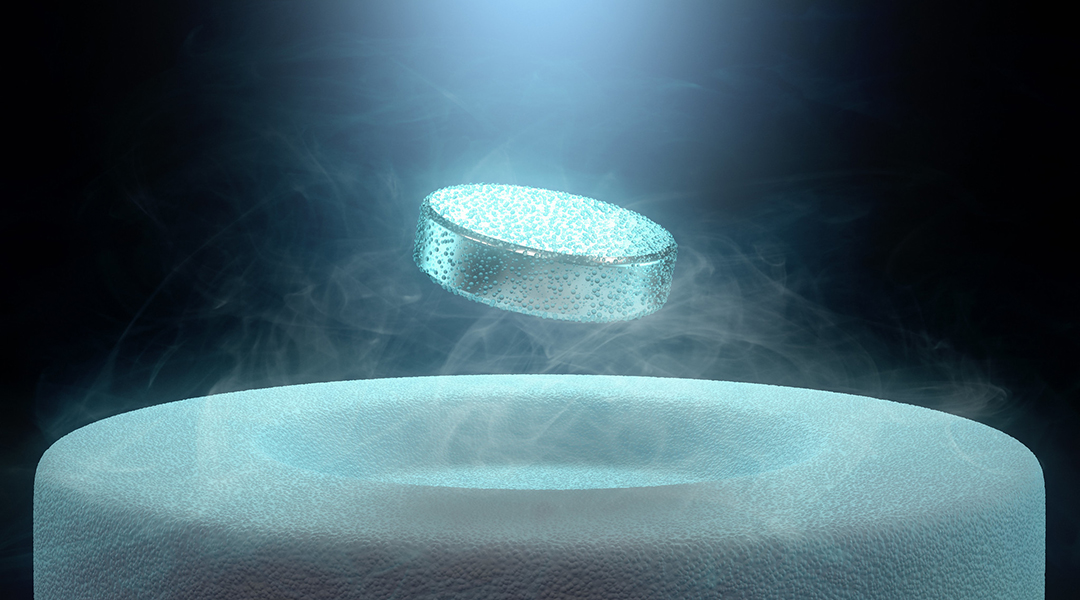
For decades, it was thought that only two types of superconductors existed, but a new study has just uncovered a third.
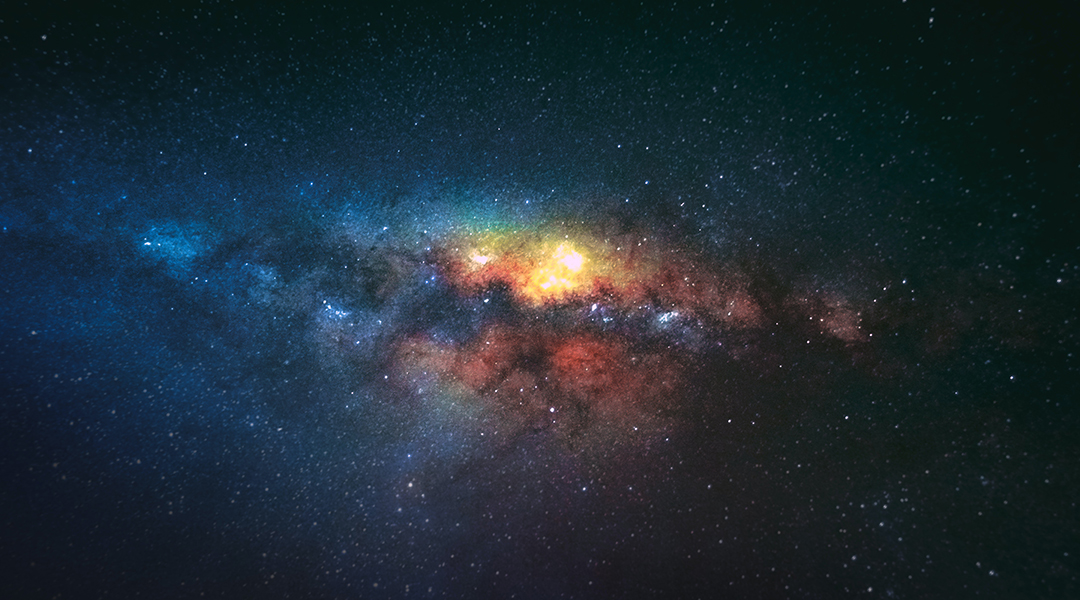
Comparing simulated X-ray emissions from galaxy clusters to real observations provides support for the Standard Model of Cosmology.
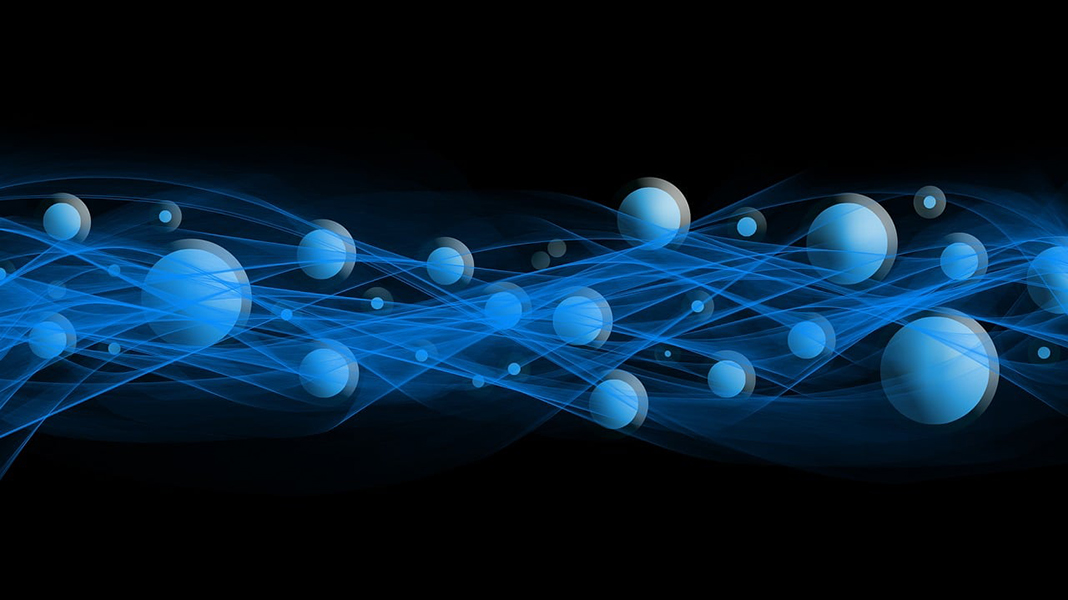
Scientists have been unable to observe phasons with mass, but a team of physicists have finally managed it.
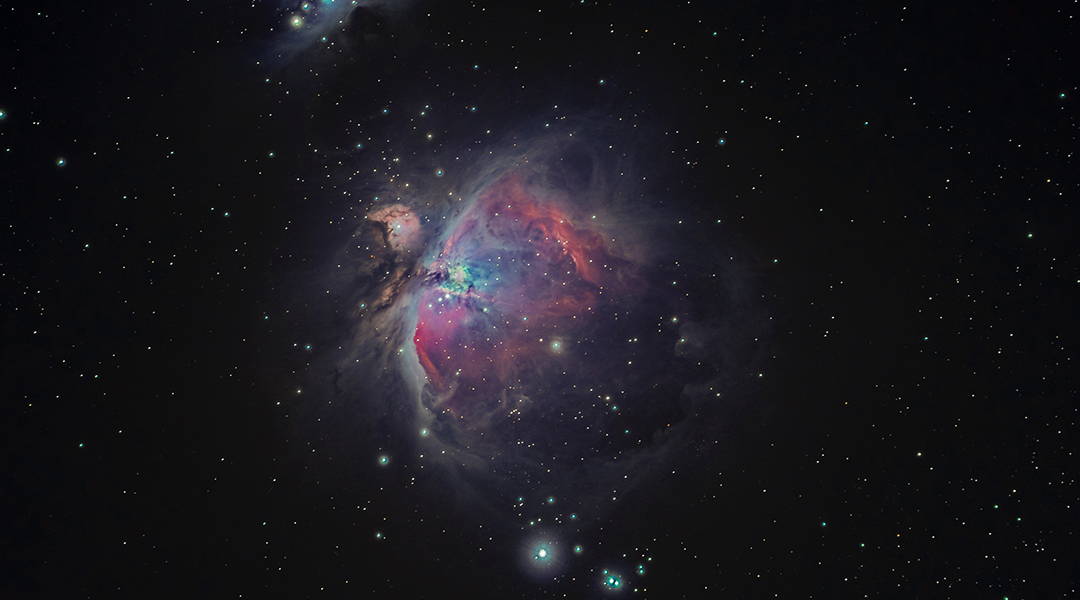
The powerful capabilities of the JWST allowed scientists to penetrate dust and gas clouds to capture crucial data on new star formation.

Biosorption could help in the recycling and reuse of rare earth elements.